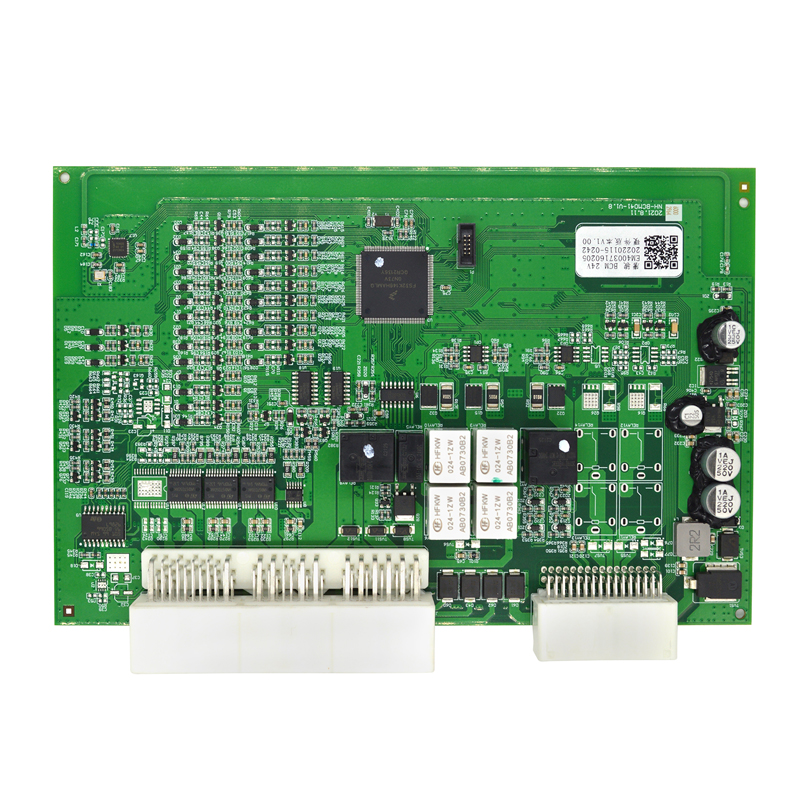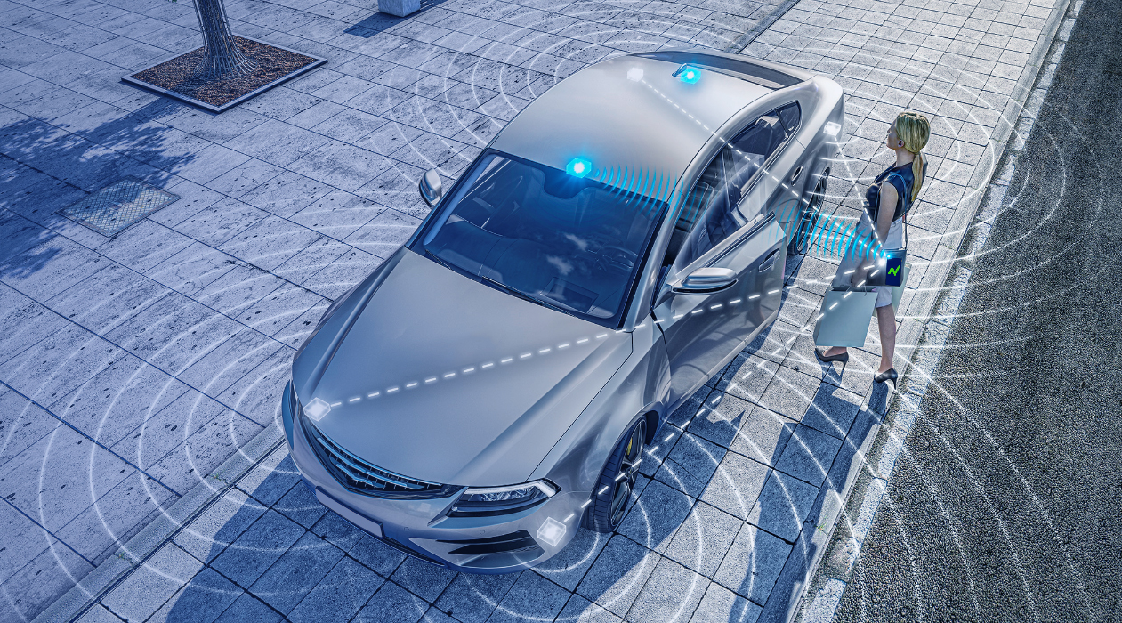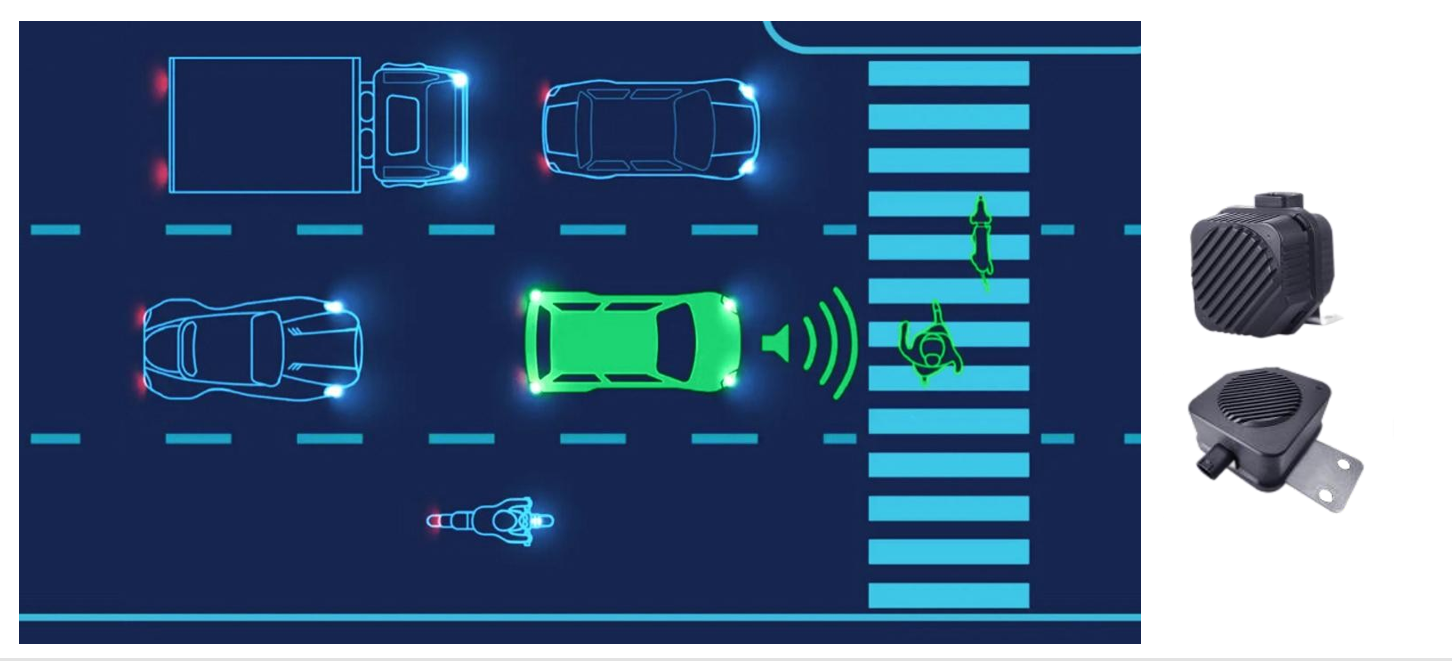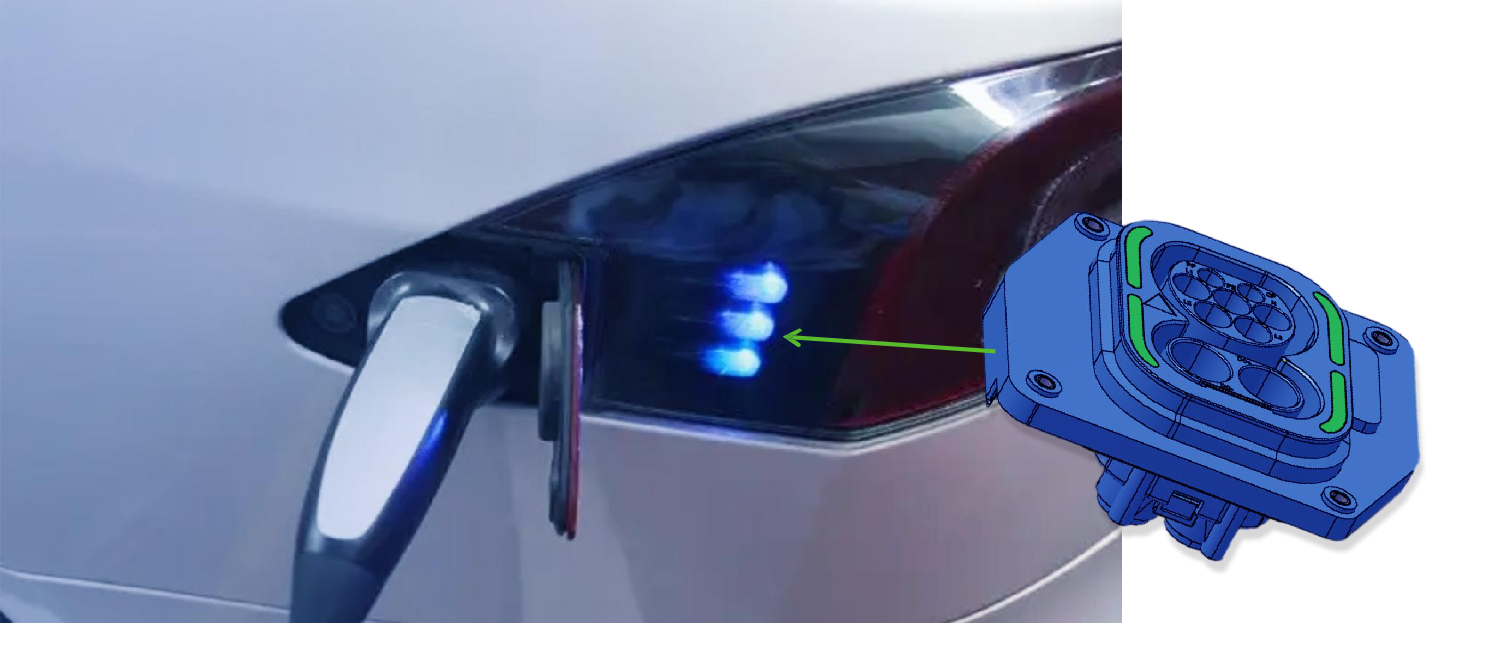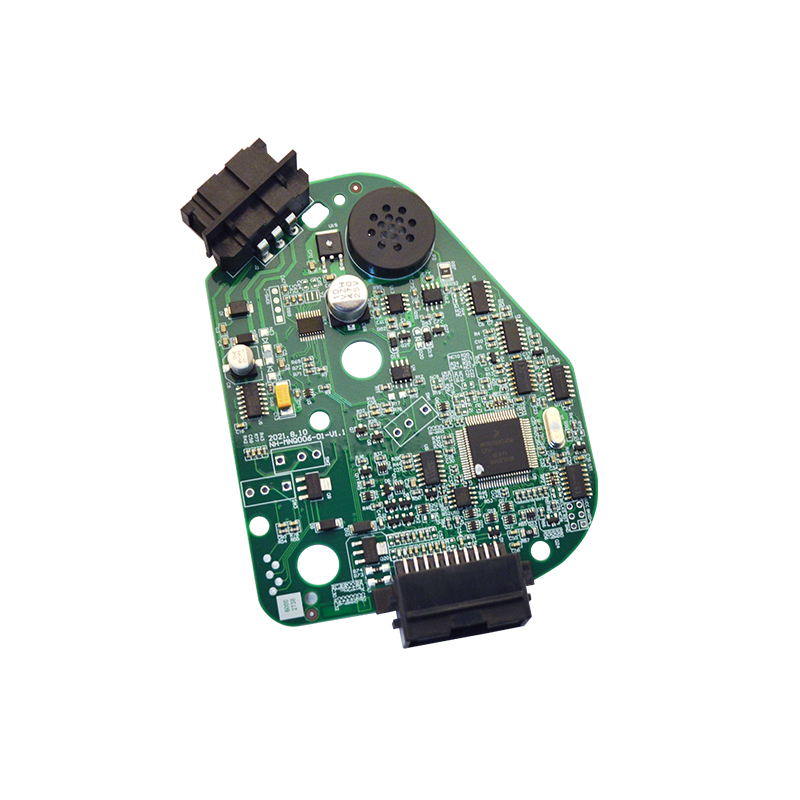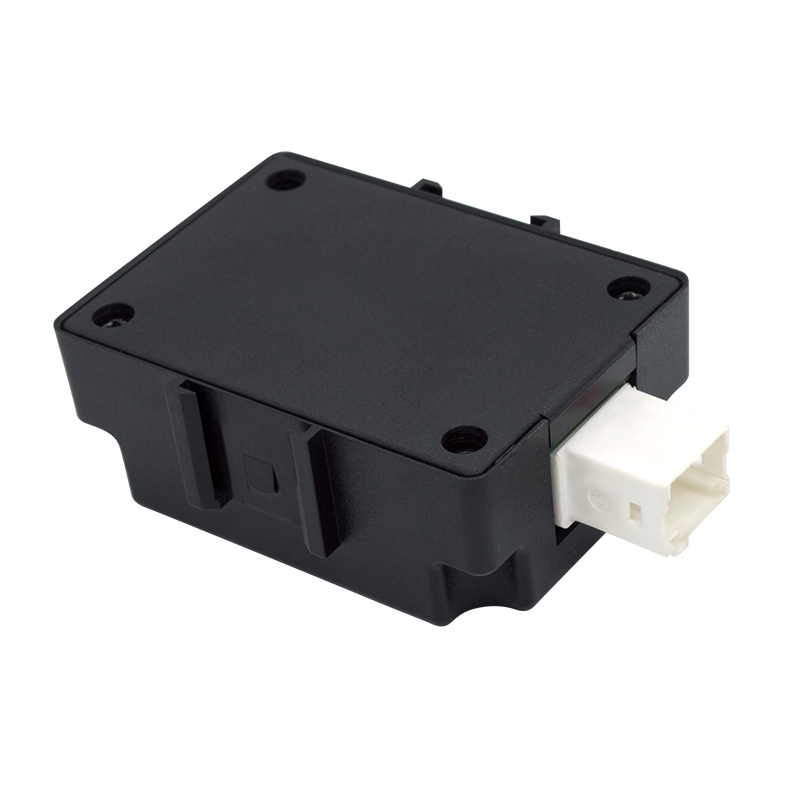Who We Are
Solution introduction: Anti Pinch System
With the development of modern automobile technology, the electronic and intelligentization of automobiles has improved the comfort of automobiles, but at the same time, new standards have been proposed for automobile safety, requiring electric windows to have a certain anti-pinch function.
The electric window anti-pinch can be used for the anti-pinch control of the electric window and electric sunroof glass of the automobile and the overload protection of the lifting motor.
Europe and the United States have successively legislated to determine the electric Anti-Pinch Window Lifter (APWL) as the standard configuration of automobiles to improve driving safety and humanization.
Existing APWLs are equipped with a Hall element on the motor of the window lifter to sense whether the motor is subjected to resistance, or other optical sensors are installed.
Anti-clamping of the window is an important part of the humanization of the car. Its main function is to recognize that the window is in the clamped state after the window is lifted and clamped to an obstacle, and the window is retracted to release the clamped object. Prevent the motor from being blocked for a long time to cause burning, and prevent the vehicle occupants from being pinched.
The working principle of the electric window anti-pinch is to install a set of current sensors, and the Hall sensor detects the speed of the motor at all times. When the electric window is raised, once the speed of the electric motor slows down and the Hall sensor detects a change in the speed, it will report information to the ECU module, and the ECU module will send an instruction to the relay, and the circuit will reverse the current to stop the motor or Reverse (down), so the window stops moving or down, so it has a certain anti-pinch function.
Electric window anti-clamping is to install a magnetic ring on the motor shaft, and a Hall sensor and ECU module are installed near the magnetic ring. Every time the motor shaft rotates, the Hall sensor will generate a fixed number of square waves. When encountering an obstacle, the resistance increases, the motor speed decreases, and the current increases, and the decrease in motor speed will increase the pulse width of the square wave of the Hall signal.
The electronic module can judge whether the window has encountered an obstacle and the size of the clamping force (generally more than 100N is considered to have encountered an obstacle) through the change of the Hall signal pulse width or the motor current, and calculate the cumulative number of pulses in each rising process , to determine whether the electric window is in the anti-pinch area (generally 4~200 mm from the top of the window),
Then it is finally determined whether an anti-pinch effect needs to be produced. If the module determines that anti-trap is needed, it will issue a command to make the motor reverse, and the motor will stop after falling for a certain distance (generally about 120 mm).
The window anti-pinch technology is realized through "tactile" and "vision". The above mentioned is to rely on "tactile" to realize. When the electric window mechanism senses a foreign object on the glass, it will automatically stop the glass from rising. And "vision" is a more intelligent anti-pinch window. It is actually an optical control system that monitors whether there are foreign objects within the moving range of the electric window, so as to control the movement of the glass without foreign objects touching the glass.
Although high technology is good, security awareness is more important than intelligent configuration. In many models, only the windows of the main driving position have the anti-trap function, the co-pilot and rear windows do not have this function, and the anti-trap function occasionally "failures".
The U.S. Department of Transportation has promulgated MVSS118, and strictly stipulates that cars and minivans enforce power window anti-pinch regulations.
Although there are no relevant laws and regulations in China, it is the development trend of the automobile industry to design a window anti-pinch system without affecting the comfort.
Tags :
